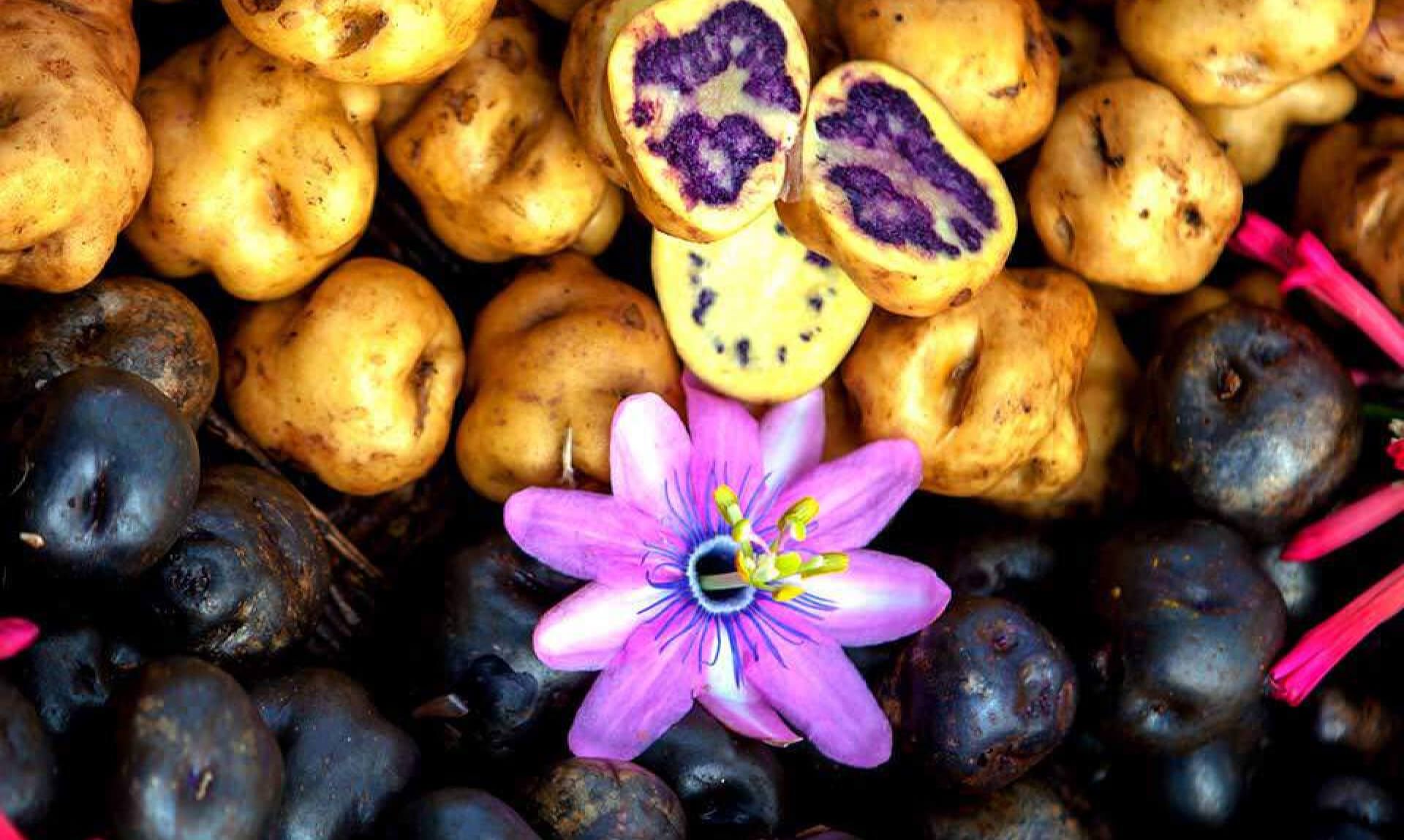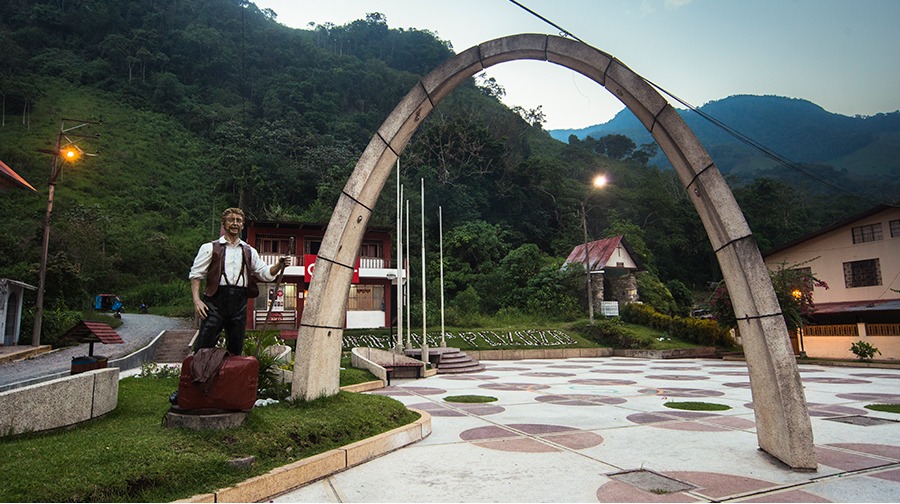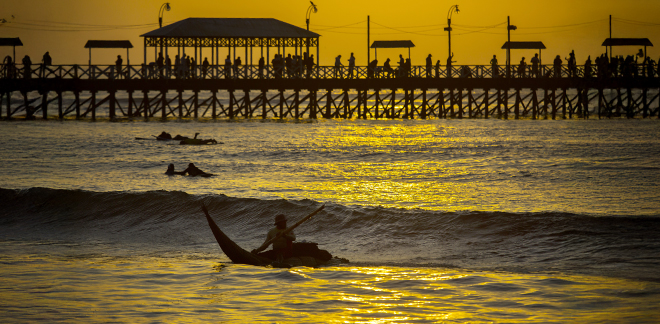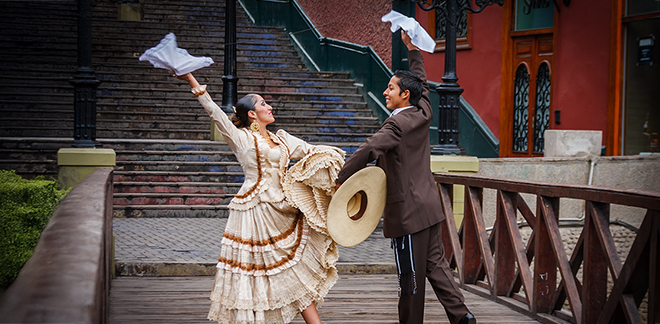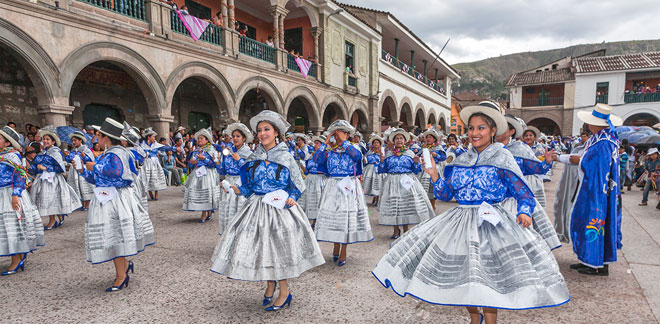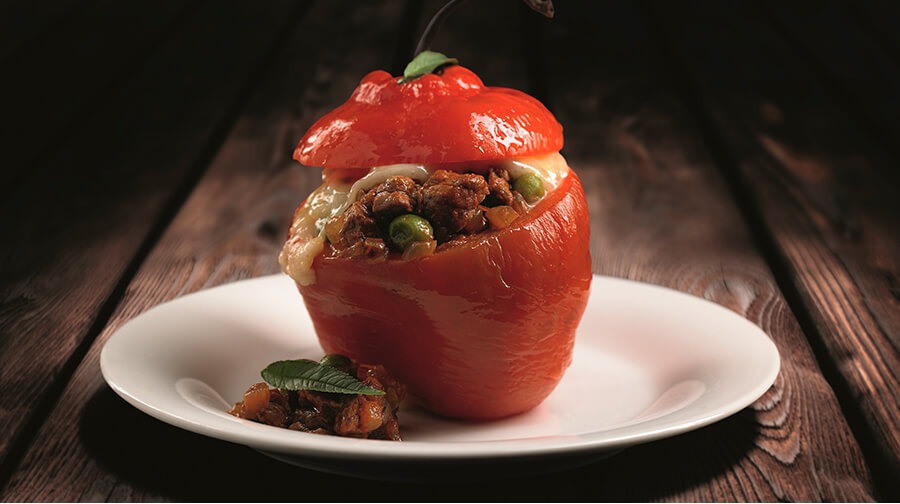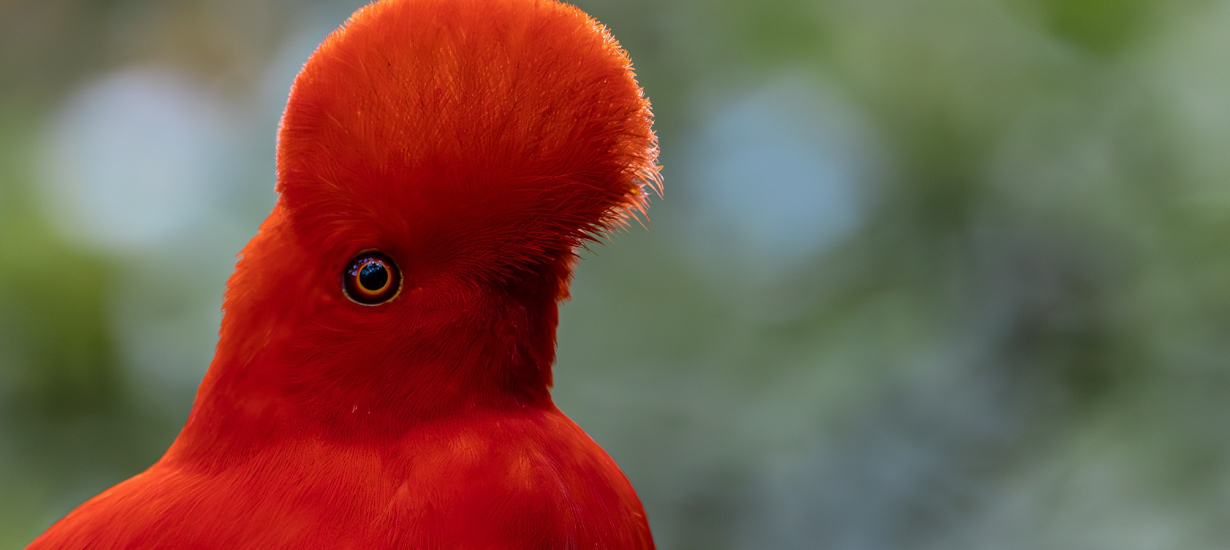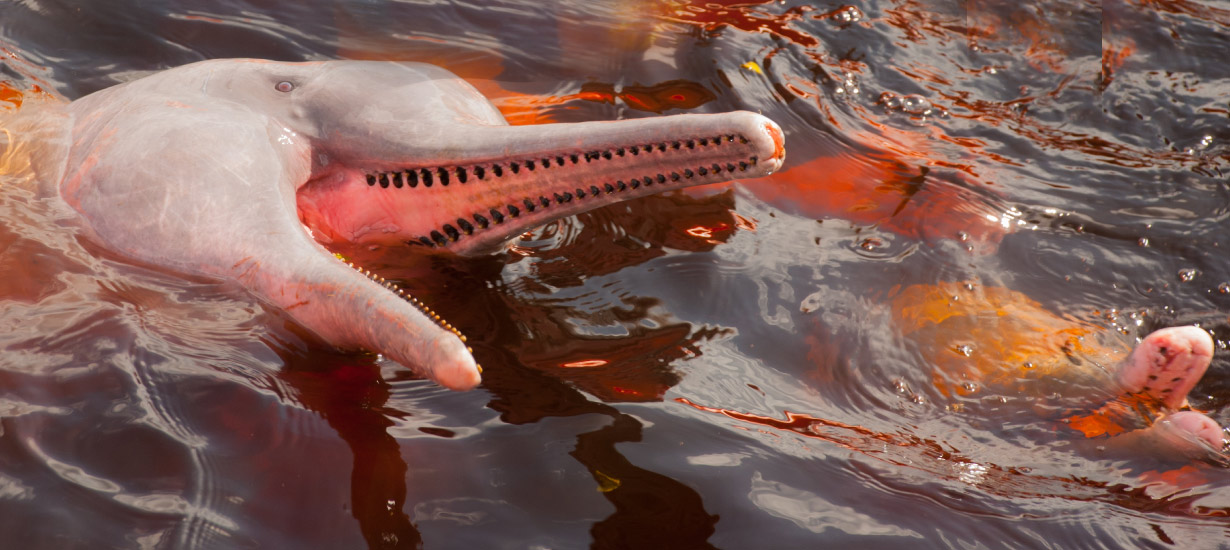Discover the 5 top tourist attractions in Pozuzo, the only Austro-German colony in the world
Síguenos en:Google News
In the Peruvian region of Pasco there is a town of notable Austro-German influence. It is called Pozuzo and is one of the districts in the province of Oxapampa that, owing to its scenic beauty, multicultural heritage and delicious cuisine, wins the hearts of all who visit.
In the Yanesha language, Pozuzo means 'salt pools'. It was founded in 1859 by settlers from Austria and Germany, and its main economic activities are livestock farming and agriculture.
In addition to having a good climate and a welcoming population, Pozuzo stands out for being surrounded by green and lush nature, as well as having charming European-style architecture.
At Marca Perú we would like to tell you about the five main attractions of this Central Jungle paradise:
Yanachaga Chemillén National Park
Located in the districts of Oxapampa, Huancabamba, Pozuzo and Villa Rica, Yanachaga Chemillén is home to impressive natural wonders. Not only is it the gateway to the Peruvian Amazon, but it offers a unique experience to discover and interact with wildlife.
The park was created in 1986 to conserve ecosystems with a rich diversity of flora and fauna, some of which are endangered and others in a vulnerable situation. This natural area is characterized by its mountains covered by forests furrowed by deep canyons and different ecological formations, which give rise to wide biological diversity.
Various species of mosses, ferns, orchids, bromeliads, shrubs, reeds and trees are to be found here. As for its fauna, it presents species of Andean and Amazonian origins from the lowland jungle to the highland jungle. In addition, 527 bird species have been reported.
Experience-based tourism
This is probably one of the great attractions of Pozuzo, since it offers tourists the possibility of carrying out the activities that the locals do such as cutting firewood, milking cows, horseback riding, and learning the steps of typical Tyrolean and Prussian dances, among other customs.
In addition to these activities, Pozuzo is characterized by the festivities held throughout the year such as Tourist Week, which takes place in July and coincides with Peruvian Independence Day and the anniversary of the arrival of the first Austro-German settlers.
Cementerio de los Colonos
This cemetery welcomes tourists with a German phrase which means "it is a holy and healthy thought to pray for the deceased". This is where the remains of the first settlers José Egg, Francisco Schafferer and Luis Ipfelkofer can be found. They arrived in Pozuzo after a long journey that began in Europe and, after disembarking on the coast of Peru, entered the heart of the central jungle.
San José Church
The construction of this building began with the arrival of the second group of settlers, under the direction of Father José Egg, in 1868. Completed in 1876, it is characterized by a simple style, with stone and clay structures, covered with lime and sand, durable material and wood finishes. Inside there are inscriptions in Spanish and German, and an altar with stained-glass windows of Santa Rosa de Lima and Santa Nocturna del Tirol.
Every July 25 in this church there is a mass for the anniversary of Pozuzo. A floral offering is placed in front of the José Egg monument and then there is a pilgrimage to the Cementerio de los Colonos.
Emperador Guillermo I Suspension Bridge
Built over the Huancabamba River, this bridge was a gift from Emperor William II of Prussia. Originally called the Central Bridge, it helped the colonists to trade with other towns.
Initially it was made with vines, wood and logs, which would be damaged when the river swelled. For this reason, and with the support of the German Embassy, it was rebuilt in 1995, with bases of durable material, a wooden platform, roof slats, concrete anchoring and steel cables, thus ensuring the safety of those crossing it.
Bonus track
Río Azul Saltwater Pools
These turquoise waters, composed of sulfur and salt, are located 10 km from the town, in Bajo Chancarizo, and are a wonderful spectacle and an amazing way to spend a day free from stress or worries.
Sources: Andina/ El Comercio/ Rumbos del Perú/ América TV

